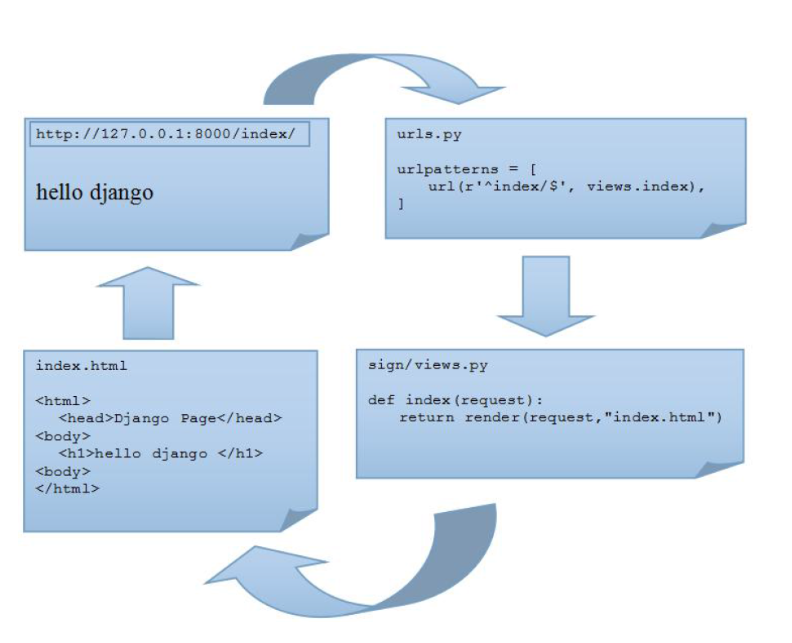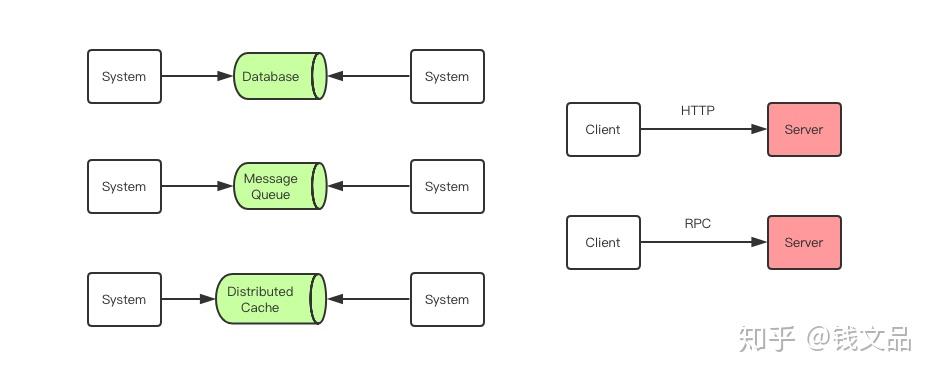I have a situation where I have different XMLs that will have different types of properties. Sometimes the element HEADER could have just a node or some XMLs could have elements within the HEADER node and values inside.
Example 1 (HEADER with just text):
<Details HeaderLabel="DETAILS">
<HEADER Label="Header">2.5%</HEADER>
</Details>
Example 2 (HEADER with two child elements):
<Details HeaderLabel="DETAILS">
<HEADER Label="Header">
<HEAD Label="H1a">2.88%</HEAD>
<HEAD Label="H2b">3.24%</HEAD>
</HEADER>
</Details>
The XSD works as so: This will validate for example 1:
<xs:element name="HEADER">
<xs:complexType>
<xs:simpleContent>
<xs:extension base="xs:string">
<xs:attribute name="Label" type="xs:string" use="required" />
</xs:extension>
</xs:simpleContent>
</xs:complexType>
</xs:element>
This will validate the example 2:
<xs:element name="HEADER">
<xs:complexType>
<xs:sequence>
<xs:element maxOccurs="unbounded" name="HEAD">
<xs:complexType>
<xs:simpleContent>
<xs:extension base="xs:string">
<xs:attribute name="Label" type="xs:string" use="required" />
</xs:extension>
</xs:simpleContent>
</xs:complexType>
</xs:element>
</xs:sequence>
<xs:attribute name="Label" type="xs:string" use="required" />
</xs:complexType>
</xs:element>
I tried using xs:choice but it didn't seem to work well or maybe I don't have a clear understanding on how to implement choice in this situation.




